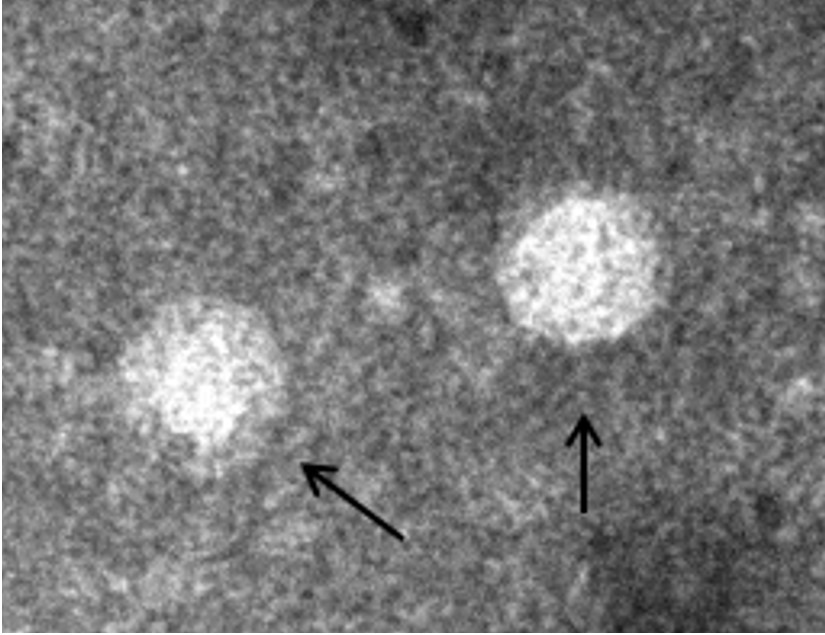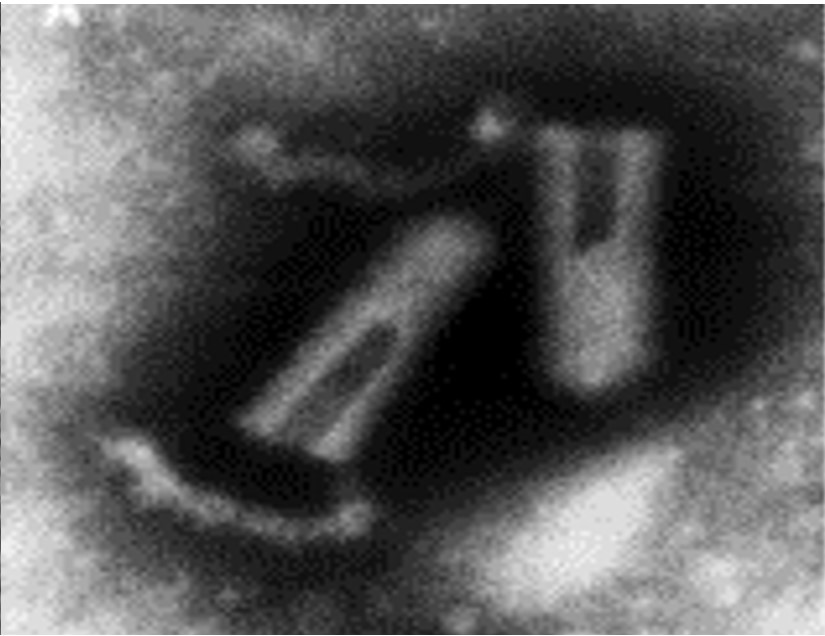| Sr. No. | Name of the staff | Designation |
|---|---|---|
| 1 | Dr. Vijay P. Bondre | Scientist F and Group Leader |
| 2 | Dr. Ullas PT | Scientist C |
| 2 | Dr. Chandhu Balachandran | Scientist B |


Central nervous system (CNS) infections are emerging as an important public health problem worldwide. The causes of CNS infections are diverse and include viral and non-viral aetiologies as well as autoimmune processes. Globally viruses are the most common and important causes of acute encephalitis resulting in substantial morbidity, mortality, permanent neurologic sequelae in humans and economic loss. The cause of CNS infections varies with season and geographical location, and predominantly affects paediatric and elderly population. As the clinical symptoms associated with CNS infections are overlapping independent of the cause, World Health Organization coined the term “acute encephalitis syndrome” (AES), which simply means acute onset of fever with convulsions or altered consciousness or both. Aetiological diagnosis of AES cases still represents a diagnostic challenge, as 40-60% of AES cases are unexplained worldwide. Historically Japanese encephalitis is known to be a leading cause of AES endemic to all over the country. Furthermore, National Institute of Virology, Pune identified association of like West Nile virus (WNV), Chandipura virus (CHPV), Human enterovirus (EV), etc. with massive outbreaks and increasingly identified neuronal involvement of Dengue virus, Chikungunya virus, Nipah virus and Rickettsial (Orentia tsutsugamushi) infections. Apart from increasing identification of Human Herpesvirus 1 (HSV-1), association of Varicella Zoster virus (VZV) and Rabies virus (RV) in sporadic cases, infection with Epstein–Barr virus (EBV) and Cytomegalovirus (CMV) is increasingly detectedin immunocompromised individuals. Dedicated efforts by the Encephalitis Group resulted in development of a new research institute by Indian Council of Medical research in the form of Regional Medical Research Centre at Gorakhpur. Dedicated research on a decade old AES endemic to parts of UP annually affecting 2000 – 3000 paediatric cases resulted in identification of the cause, treatment and case management protocols and reduced disease burden.
The group is actively involved in routine investigation of AES outbreaks and supporting the public health system through offering diagnosis to referred human cases, entomological and serological surveys carried by different state health agencies. To meet the emerging challenges in diagnosis of AES, tremendous efforts are being made by the Encephalitis Group to develop newer virus specific and sensitive molecular and sero-diagnostic assays. The existing sero-diagnostic assays are being refined through development and use of viral recombinant immune-dominant proteins and monoclonal antibodies to increase their specificities. Considering the increasing association of less known and newly emerging viruses with AES in India, the Encephalitis Group has strengthened capacity by establishing ‘Virus Discovery Platform” through use of Next Generation Sequencing tools. Molecular evolution studies performed on JEV, WNV, CHPV and HSV-1 resulted in identification of newer genetic variants and newer arboviruses like Bagaza virus (BAGV). Genetic analysis of these viruses resulted in classification of Indian WNV endemic strains into distinct genetic lineage 5 and identification of frequent introduction of neuropathogenic lineage 1 WNV strains in India. Studies on JEV first time documented introduction of genotype I JEV strain to India from China and circulation of genetically divergent CHPV strain in endemic region of India.The group was instrumental in evaluation of the protective efficacy of live attenuated JE vaccine SA-14-14-2 in Indian population. Vaccine development research by the group resulted in development of first indigenously developed JE vaccine candidate marketed as JENVAC in India. Furthermore, efforts are being made to develop recombinant vaccine candidates against JEV and WNV through knocking down the virulence determinants using newly constructed infectious cDNA clones. The group is also dedicating efforts to evaluate licenced antiviral drugs to repurpose them for therapy against CHPV, JEV and WNV infections. In addition to the applied research, the group is performing basic research on host-virus interactions leading to identification of viral factors governing the virulence and antigenic variations; studying pathways of virus entry and mechanism of cellular damage to evaluate their potential as antiviral targets.
India bears the highest burden of global dog-mediated human rabies deaths estimated to be approximating 21,000 deaths a year (35% of global human deaths annually). Achieving the global 2030 target set for zero human rabies deaths due to canine rabies requires coordinated and systematic efforts in the form of detection and vaccination. To contribute towards the global vision to reach the Zero by 2030 target to eliminate dog-mediated rabies, the Encephalitis Group has established a dedicated rabies research and diagnosis laboratory and dedicated to the nation. The state of art laboratory is equipped with modern infrastructure necessary for rabies surveillance, diagnosis and research.
| Sr. No. | Name of the staff | Designation |
|---|---|---|
| 1 | Dr. Vijay P. Bondre | Scientist F and Group Leader |
| 2 | Dr. Ullas PT | Scientist C |
| 2 | Dr. Chandhu Balachandran | Scientist B |
| Sr. No. | Name of the staff | Designation |
|---|---|---|
| 1 | Mrs. Shubhangi A. Mahamuni | Technical Officer-C |
| 2 | Mrs. Vasudha Sankararaman | Technical Officer-C |
| 3 | Dr. Daya V. Pavitrakar | Technical Officer-B |
| 4 | Mr. Datta K. Butte | Sr. Technician-2 |
| 5 | Mr. Arava Venkataramanaiah | Technician-2 |
| 6 | Mr. Kunal Sakhare | Technician-A |
| 7 | Ms. Sonal Mundhra | Research Fellow |
| 8 | Ms. Deepali N. Mali | Research Fellow |
1. Investigations of human clinical specimens collected during encephalitis outbreaks and diagnostic services to suspected Japanese encephalitis and Chandipura encephalitis patients from India.
2. Development of molecular diagnostic assays for detection of viruses associated with human central nervous system infections in India.
3. Role of Histidine residues of envelope protein in membrane fusion of Japanese encephalitis virus.
4. Expression of Japanese encephalitis virus - genotype 1 envelope and non-structural proteins to explore in early diagnosis.
5. Mechanism of apoptosis in the pathogenesis of West Nile virus infection.
6. To determine the antiviral activity of viral RNA dependent RNA polymerase inhibitors against Chandipura virus infection.
7. Development of an indirect ELISA assay for surveillance of Japanese encephalitis. Establishing Rabies diagnostics and research capabilities.